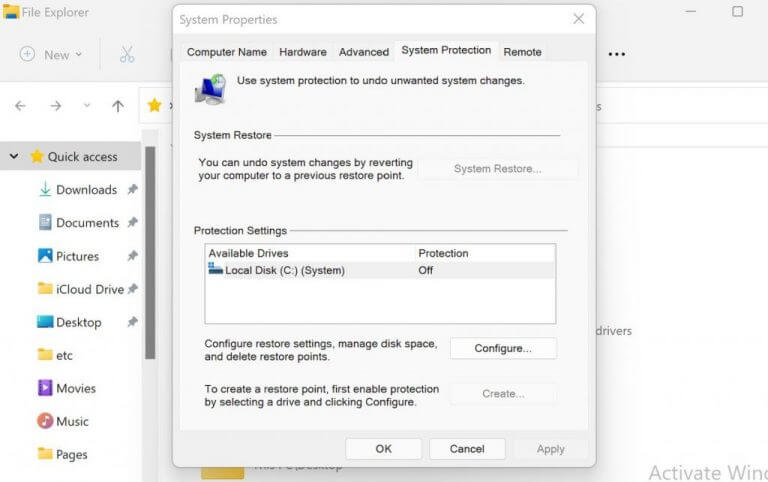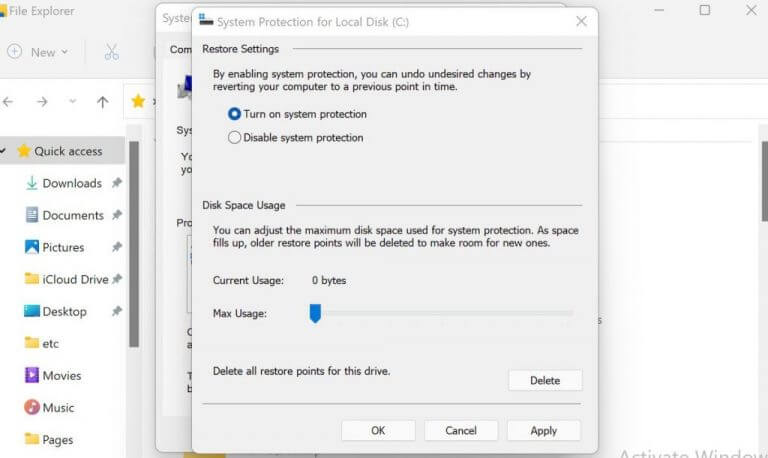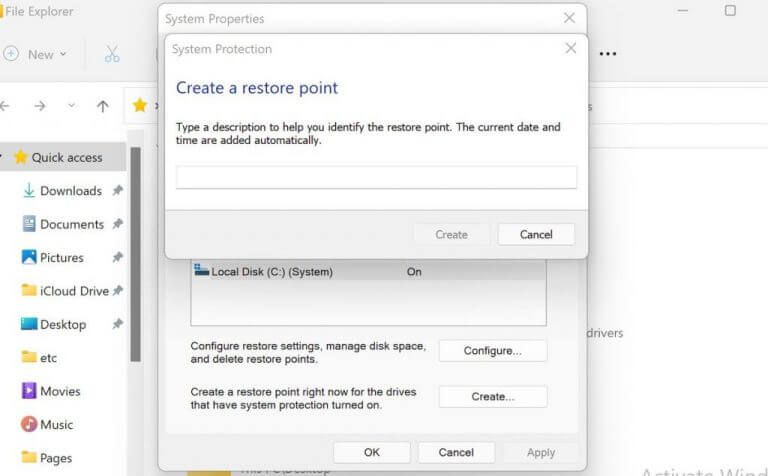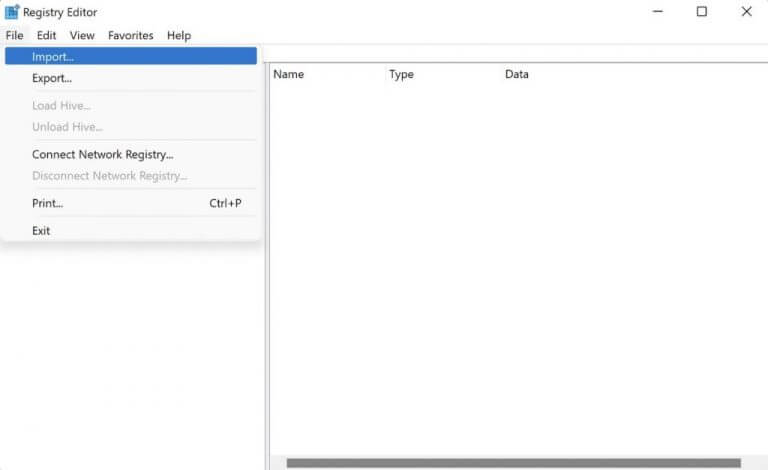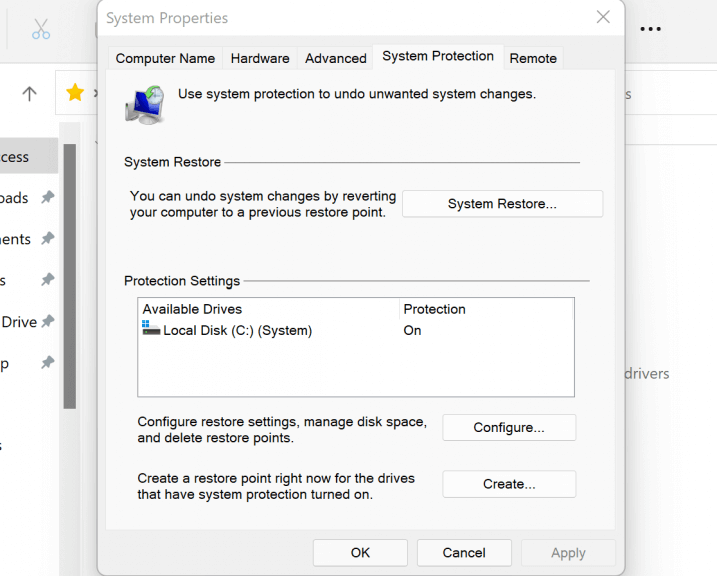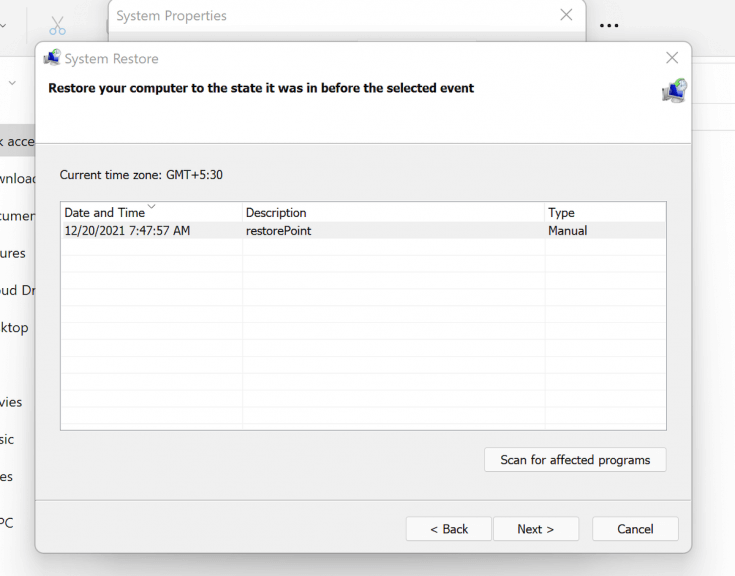
If you’re thinking of tweaking the Windows Registry, it’s crucial that you first have appropriate backups in place. Being an important part for the working of Windows computer, damage to Windows Registry can result in critical handicaps to your workflows.
Registry backups, thus, are a fail-safe option out of these problems. If issues do occur, with a backup already in place you can safely fiddle out of them by restoring your files from these backups.
In this article we’ve laid out the methods to create a backup for Windows Registry; then we’ve also explained the process for restoration. So let’s get started.
How to create a backup for Windows Registry
There are two broad ways to create a Registry backup. You can create a registry backup either manually, or with the help of Restore point. Let’s go over the manual method first.
1. How to create a manual backup of Registry
To create registry backup manually, we’ll make use of Registry Editor. The Registry Editor, as its name suggest, is a GUI tool in Windows that lets you view and edit your registries from a single place. To get started, follow the steps below:
- Go to the Start menu search bar, type in ‘regedit.exe,’ and select the best match.
- In the Registry Editor, select the key you’d like to back up. Again, you have two options here: you either back a specific key or you can back up the entire Registry.
- To back up all the keys, click on the computer icon.
- To back up a specific key, select that key.
- After you’ve selected the key(s) you’d like to back up, click on File > Export.
- Choose a location you’d like to save your files to, enter a name and click on Save.
2. Use System Restore
System Restore is a free tool that lets you create Restore points, which are basically snapshots of some computer files and Windows Registry at a specific point of time. It’s these snapshots that we can use later on to restore your computer to previous settings, especially when an error strikes. Remember that to use it, you’ll have to make sure that System Restore is enabled.
To create a restore point, follow the steps below:
- Go to Start menu, type in ‘create a restore point,’ and select the best match.
- To create a System Restore, you’ll first have to enable Protection Settings. So, click on Configure and Turn on system protection.
- Now click on Create and enter a name for your restore point.
- Finally, click on Create.
The Restore point will be successfully created in a few seconds. These are some of the easiest ways around for creating a registry backup in your Windows computer.
How to restore the Windows Registry
Now that we’ve covered the creation of a registry backup, it’s time to head over to the restoration process. Firstly, we’ll go over the restoration of manual backups, before covering the restore point method.
How to restore your registry backup
Again, launch the Registry editor as we’ve done in the first method above. Here’s how:
- Go to the Start menu search bar, type in ‘registry,’ and select the best match.
- When the Registry Editor is launched, click on File > Import…
- The Import Registry File dialog box will be launched.
- Select the copy of backup file and click on Open.
Your registry file will be restored in a few seconds.
Through a restore point
If you’ve backed up your files through the restore point method, the process for restoration will naturally be different. Here’s how you can get started:
- Go to Start menu, type in ‘create a restore point,’ and select the best match.
- Click on Create a restore point from the search results.
- From there, click on System Restore.
The System Restore dialog box will pop open. Select the restore point and click on Next to move ahead with the restoration process. A final dialog box will ask if you’re sure about the restoration. Click on Yes.
Your Windows Registry will be successfully restored in just a few minutes.
Summing it up
Windows Registry is a crucial aspect of a computer. It’s a storehouse of all the important Windows files; keeps everything working; in short, it’s an integral part of the Windows ecosystem. If you find yourself at a place where you’ve got to get your hands dirty with the Registry, make sure you’ve first created a backup of it up as a precaution.
